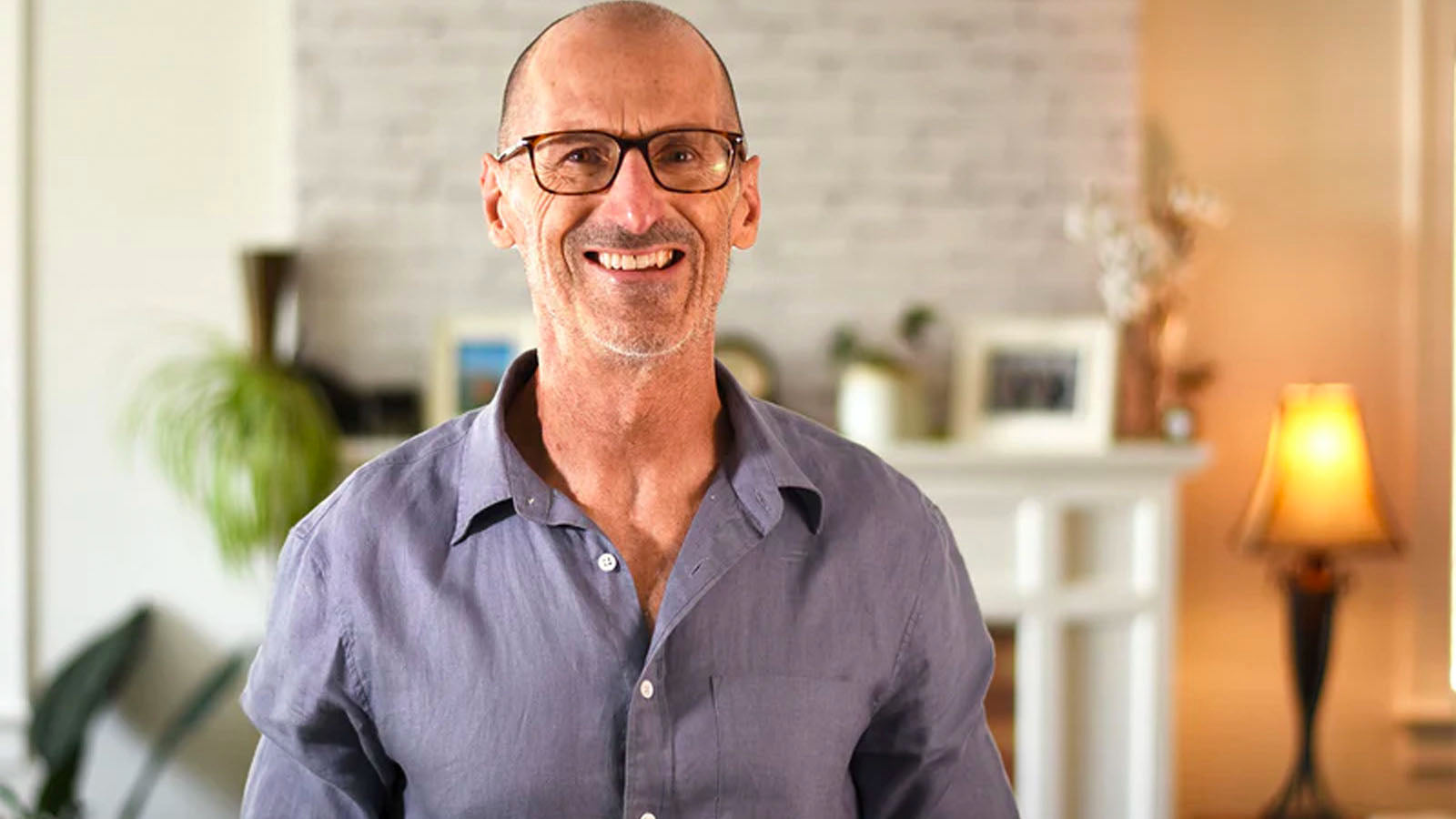
The sexual response cycle: Understanding and addressing erectile dysfunction
The sexual response cycle represents the rhythmic dance of human intimacy. Its phases, a series of psychophysiological events, shape the experience of sexual intimacy. For many, understanding these phases is the first step towards achieving a fulfilling sexual life, while for others, it's a path to recognizing and addressing challenges they face.
A brief overview of the sexual response cycle
Propounded by Masters and Johnson, the sexual response cycle has been divided into four distinct stages:
- Desire: This phase encompasses the initial feelings of wanting or longing for sexual activity.
- Arousal: A crucial stage where the body readies itself for sexual activity. For men, this includes achieving and maintaining an erection.
- Orgasm: The climax of the sexual act, characterized by intense pleasure and release of sexual tension.
- Resolution: Following orgasm, the body returns to its normal resting state.
It's in the second phase, arousal, where some men face challenges. This is commonly known as erectile dysfunction (ED).
Diving deeper into erectile dysfunction
ED is not just a physical phenomenon; it affects the psyche of a man, impacting his confidence, self-worth, and intimate relationships. By definition, it's the consistent or intermittent failure to achieve or sustain an erection long enough for sexual gratification.
But what’s the way forward for those who experience ED? The guiding principle in the medical community is one of shared decision-making.
Shared decision-Making: A collaborative approach
The model of shared decision-making promotes a partnership between the patient and clinician. Both parties come together to discuss the potential risks, benefits, and desired outcomes of a treatment. This approach ensures that:
- Autonomy is Upheld: It respects the patient's right to make decisions about their body and health.
- Comprehensive Information is Provided: It's imperative that every man be informed of all possible treatment options unless medically inadvisable.
- Flexible Treatment Options are Available: While many may opt for the least invasive treatment initially, it's entirely valid to choose any mode of treatment based on personal preference. Some may even choose not to pursue any treatment.
- Clinician's Role as a Guide: Clinicians ensure that both the patient and their partner are well-informed about the potential benefits and risks of various treatment strategies.
In conclusion
The sexual response cycle provides a lens to view our intimate experiences. While challenges like ED might arise, the path forward doesn't have to be navigated alone. Through shared decision-making, individuals can make informed choices that resonate with their personal beliefs and needs, ensuring a journey toward better sexual health that is both empowering and fulfilling.



